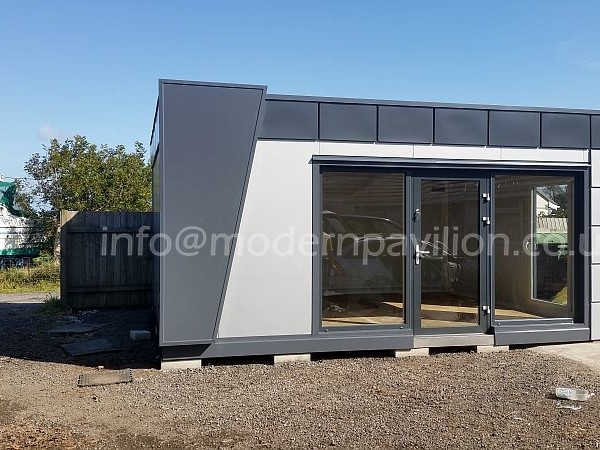
Four Benefits of Portable Buildings for Business
Minimal Distractions For Business
Organising the development of your business location can be highly frustrating. Out of hours construction isn’t cheap, though neither is the loss of productivity that without question be encountered when construction takes place during office hours. Modular buildings are the number 1 solution to this problem, as the buildings are pre-fabricated, with up to 90% of the construction carried out off-site in a factory environment. And as little as 10% of the construction taking place on-site, therefore noise and disruption are considerably reduced.
Time Saving
Contradictory to traditional construction, modular techniques enable different parts to be carried out at the same time e.g. the ceilings can be constructed simultaneously to the walls. This would not be possible using the old method of construction. The construction of individual components can also take place at the same time as the initial site work. These advantages clearly reduce construction times, making sure that your building is completed in as little time as physically possible. As the majority of the construction work is under taken in a factory, lots of potential delays can be tackled before they even happen e.g. the project’s timeline is highly unlikely to be disrupted by any inconvenient weather.
Environmentally Friendly
Modular buildings are a fantastic option if you are worried about your businesses environmental contribution. According to a recent study carried out independently, it’s now possible to reduce wasted materials by up to 90% by selecting modular buildings over old fashioned construction style. As well as the reduced wastage, the materials used in the modular development can regularly be recycled. If you no longer have need for the modular building, the components can be recycled within your company, or could be reused at an alternative site. Construction plans utilising modular techniques are likely to have a lower carbon footprint than traditional alternatives. Fewer vehicles are required to transport materials to and from the construction site, resulting in lower emissions. The majority of the building is delivered at the end of the project, when it is ready to be installed.
Installation of Flexible Solutions
The needs of your business are constantly evolving, which can make it difficult to commit to a particular building solution. Traditional construction methods are rigid, affording little flexibility. Should your requirements change in the future, additional building work can be costly and time consuming. With modular construction, your building can evolve along with your needs. The modules can often be deconstructed and reassembled in different configurations, reducing the time and cost associated with making changes to your building.

